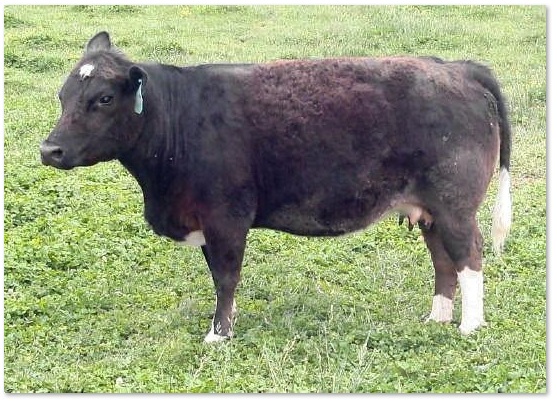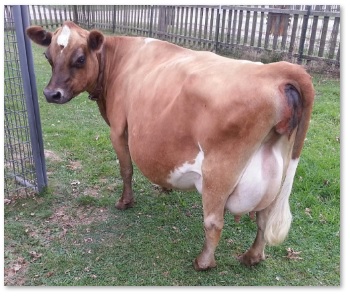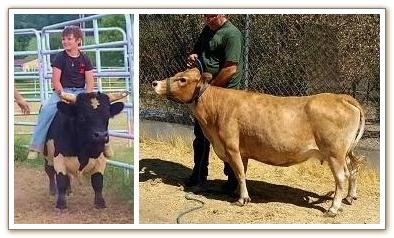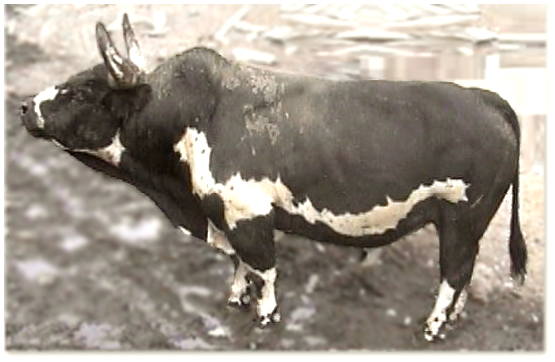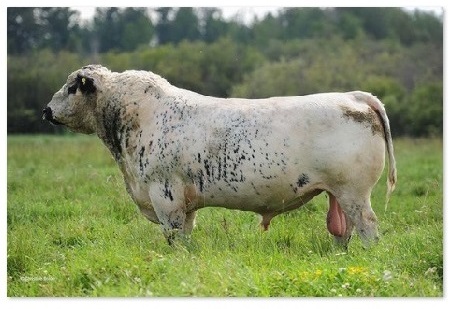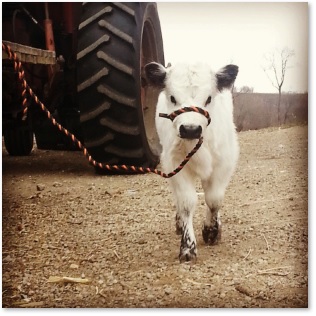
This page covers only Miniature Breeds.
The precise number of miniature cattle breeds is a matter of some debate,
as new composite breeds are being developed all the time.
This page attempts to cover all established breeds and most developing breeds.
This page does not recognize proprietary composites.
This page is best viewed on a desktop.
Miniature Breeds
| registries that identify fullblood or heritage cattle | registries don't have or don't identify fullblood cattle |
|
|
Purity of cattle breeds may be referred to with the following terms: |
Pure Breeds
Heritage, Fullblood
|
|
||
US Belted Galloway Society was incorporated in 1964 in Tennessee as the herdbook for Belted Galloway in North America, a sister organization to the American Galloway Breeders Association. All pedigree records are archived and can be traced back to the 1850s, the breed's origin. |
|||

|
|||
G miniature traditional (solid)
Galloway |
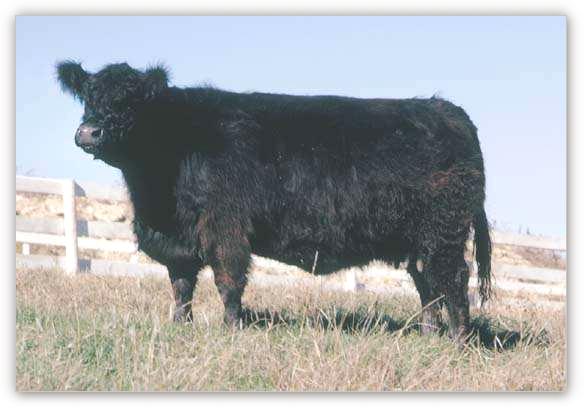
|
||
| H
miniature Hereford Breed Description: The Hereford breed comes in both horned and polled cattle and ranges widely in frame score. Miniature Herefords are dwarf-free Hereford cattle from old fullblood heritage bloodlines when cattle were smaller. Mini Herefords range in frame scores from 1 and below. The average weight of a newborn mini Hereford calf is 35-60 lbs. While the national average weaning ratio of the whole Hereford breed is 35 to 40% of the dam's weight, the Miniature Hereford cow may wean off a calf up to a 65% of her weight. The breed average rib eye area is usually one square-inch per 100 pounds of live body weight, while Miniature Herefords average a 1.5-inch rib eye per 100 pounds of live body weight. Herefords are naturally docile and make excellent show animals. They are early-maturing, excellent feed converters and easy keepers. They are hardy and adaptable to various environments. They reside in more than 30 states, Canada, Australia and many other countries. Breed History: The Hereford originated in Herefordshire, England. In 1969, a breeding program was initiated to preserve the old heritage type Hereford and kept small in the 1970s by the Largent family of Point of Rocks Ranch, Ft. Davis, TX. The Largents' goal was three-fold: real profitability resulting from fertility, conformation and a small cow with the genetics to wean a calf weighing at > 50% of her own weight; a cow that will simply produce more beef / acre. |
|
||
H
miniature Scottish
Highland Cattle Breed Description: Pure unhybridized Scotch Highland cattle are a hardy browsing breed from a harsh native environment, the Highlands of Scotland. Developing in vastly different environmental conditions led to a wide range of sizes found within this breed. They have a long double coat of hair, (their oily outer coat can grow up to 13 inches) allowing this breed to thrive in cold wet climates. Mothering instinct is highly developed in the Highland cow. Abandoned calves, even for first-calf heifers, are rare. This strong protective inclination of the cow minimizes predator losses that can even extend to sheep pastured in the same field. The Highland cow has a long productive life and many herds average 12 calves from each cow. Their milk has a very high butterfat content (10%). Their meat is very high quality raised on grass programs, and is growing in popularity, as it is lower in cholesterol than many other breeds of beef. All colors of Highlands have always been accepted, since the beginning of their herdbook, although spotted Highlands are rare. The miniature size is found among fullblood herds of small frame Scottish Highland cattle, and kept pure by a few breeders. |
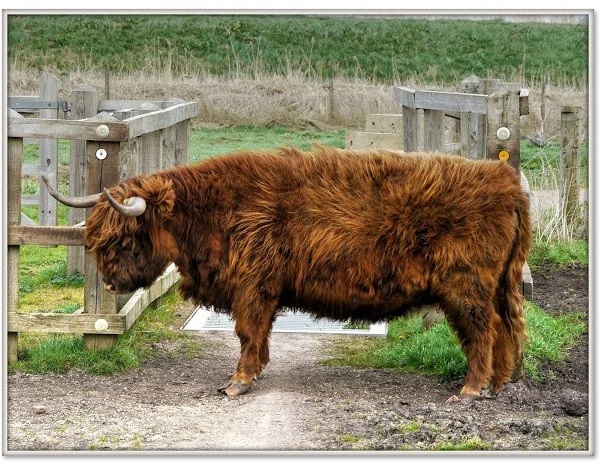 American Highland Cattle Association (AHCA) 1948 The Canadian Highland Cattle Society (CHCS) 1964 Rare Highland Breeder Directory, Heritage-Cattle.com |
||
J
miniature & midsize Jersey |
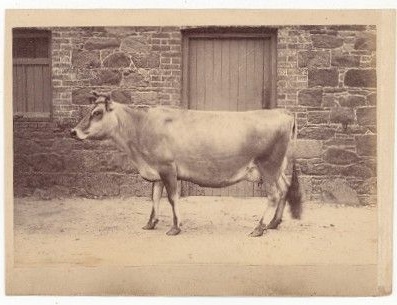 Jersey Island 1880 Regardless of anyone's personal definition of purity, the American Miniature Jersey can make a perfect and beautiful small homestead cow. The temperament has been rigorously selected for (especially the bulls) and most miniature Jersey cows and bulls are both calm and gentle. Standard Jerseys do better in temperate climates and can require extra shelter and protection in cold climates, and are more prone to milk fever. Miniature Jerseys are usually shorter-legged, heavier boned, can handle colder weather better, and are hardier. |
||
| R
miniature
Riggit Galloway AKA: color-sided Galloways (GCs) Breed Description: The few fullblood miniature Riggit Galloways in North America are rare as hen's teeth. The original Riggit (white lineback) pattern was pretty much lost to obscurity in any size Galloway for years due to selection pressure. Occasionally it appears as over-marked White Galloways. In the UK, their country of origin, the Riggit Galloway is undergoing a conservation project, restoring the nearly extinct color pattern in purebred Galloway. GC Galloways are accepted by the Canadian Galloway registry in their White Galloway division; but as of 2020, Riggit (or Cs) Galloways are no longer accepted by the American Galloway Registry. Rare Galloway Breeder Directory, Heritage-Cattle.com PureGrassBeef.com |
|||
| S
small frame
Shorthorn AKA: Native, Heritage, Durham, Milking Breed traits: Unhybridized Shorthorns are red, white or speckled and/ or roan in color. There are several distinct though closely related strains of Shorthorn, including dual-purpose, Milking Shorthorn and Native Heritage Beef Shorthorn. They come in a wide range of frame scores, but I don't know of any that are miniature. The wide genetic base results in differing maturity patterns, enabling producers to select the Shorthorn type best suited to their environment and market. All have high fertility, good mothering ability, and a docile temperament and produce excellent tasting beef on grass. They finish readily on good quality pastures and are noted for their good marbling characteristics when finished on grain. Native Shorthorns are sustainable and efficient on grass and wintering on hay. Native lines provide valuable genetics for low-input grass based operations--they are fertile animals that remain productive for many years. They are easy-fleshing, with large rumen capacity for forages. The Shorthorn originated in the Durham County area of the northeastern coast of England in the 1700s which were developed from superior short-horned cattle known to have existed in the area since the 1500s. In the middle 1800s, Scottish breeders selected animals that had increased compactness, thickness and the ability to mature and fatten at an early age. North America's Native Heritage Shorthorn ancestry traces back to the 1822 Coates Herd Book or the 1830 Clay Importation. Polled genetics were introduced in North America in the 1800s. |
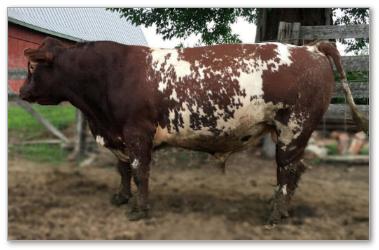
|
||
| S
Square Meater AKA miniature Murray Grey, or Mini Greys Breed Description: Quite literally, they're supposed to be about a 'metre square' in shape (though they don't usually conform to this!). Breeders are predominantly in Australia and New Zealand but there are Square Meater breeders in the USA. Square Meaters are small framed Australian Murray Grey cattle recognized as a separate breed with its own herdbook since 1996. Square Meaters were developed by selecting high performing, early maturing, small framed Murray Grey cattle. These short compact cattle are often around FS1 and ideal for smaller acreage. Square Meaters are polled, and have a quiet disposition. They are easy to handle, easy on fences and quiet in corrals. They have high fertility, low birth weights and good mothering & milking ability. Females can produce their first calf at 2 years of age and go on to produce a calf every year. Cows should wean calves over 50% of her weight. Square Meaters are thick-muscled, deep-bodied cattle on short legs, developed to produce a finished carcass with even fat cover in 12 months. Squares have good “doing ability” even in poor conditions. With their compact size they hold their condition longer when times get tough and larger breed females start to fade. Square Meaters are recognized for their beautiful solid colors, which range from silver, grey, dark grey, brown to a dark chocolate color, with their characteristic coat sheen (which could indicate a satin-type gene that would help deflect sun in hot climates). The skin is dark pigment, which provides additional protection from sunburn and skin cancer. While Square Meaters are a measured breed in Australia, and range between FS 1-4, some may be smaller in N.A. Breed history: Rick Pisaturo of Mandalong Stud, Australia, determined in the early 1990s that a market existed for a specific type of beef animal: fast growing, well muscled and very importantly, early maturing. To do this, he used Murray Grey bulls from the pre-1970s; bulls that were much smaller in frame, yet sired progeny that dominated carcass competitions throughout Australia. Square Meaters are not small miniatures or "the result of a dink gene." They are cattle of the size they were in the 1950's. Side Note: Mr. Rick Pisaturo bred Thologolong Michael, one of the most significant Murray Grey bulls in the history of the breed. |
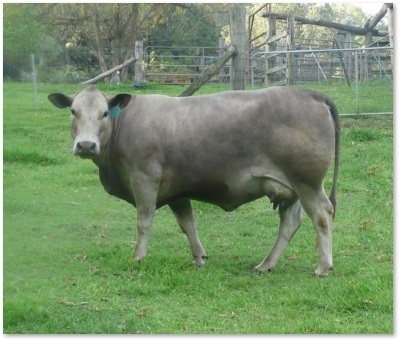
American
Murray Grey Association (AMGA), Pennsylvania, offers the Square
Meater (SM) endorsement for breeders who apply and whose cattle
meet the SM guidelines - Dave Moeller, Indiana, is the leader of this
group of American Square Meater breeders. "Square" breeders
proved to the American Murray Grey Ass'n that the ancestry of the
Squares in this country all trace to registered Murrays in Australia,
so they accept these animals as purebreds. |
||
|
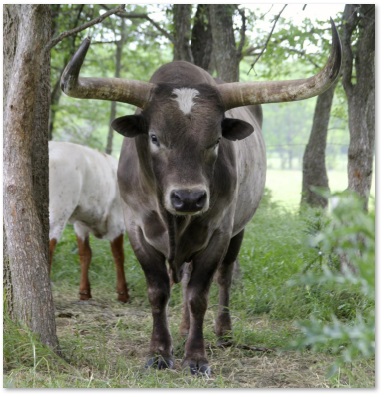 |
||
|
|
||
Z
miniature
Zebu
|
International
Miniature Zebu Association (IMZA), The International Miniature
Zebu Association is the oldest (established 1991) and largest registry
of miniature zebu cattle. Crawford, NE Phone: 308-665-1431. Breed History: In
1893, several miniature Zebu cattle were seen at the Chicago World’s
Fair. Miniature Zebu were also imported to America in the 1920s as
an oddity for display in USA's zoos and zoological gardens. Some also
went to Brazil and Africa over the years. Being such excellent little
tropical type cattle, miniature Zebu were exported from America to
Australia in 1995, and to New Zealand in 2009. The most recent reports
listed from 2000 - 3000 registered pure miniature Zebu
in the United States. |
Percentage Breeds
(purebreds, composites, crossbreeds, new breeds)
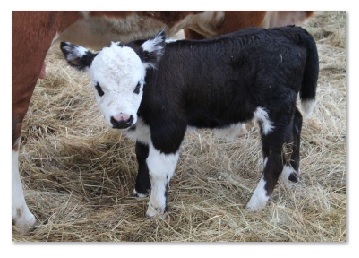 |
|||
|
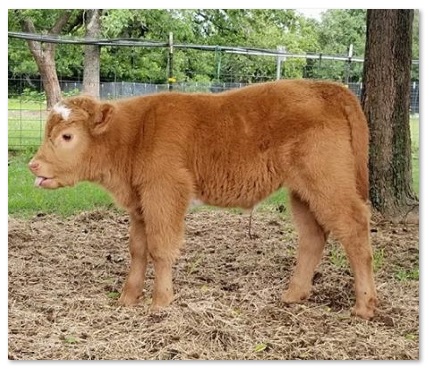 (there are only a couple miniature Bison hybrids in N.A.) |
||
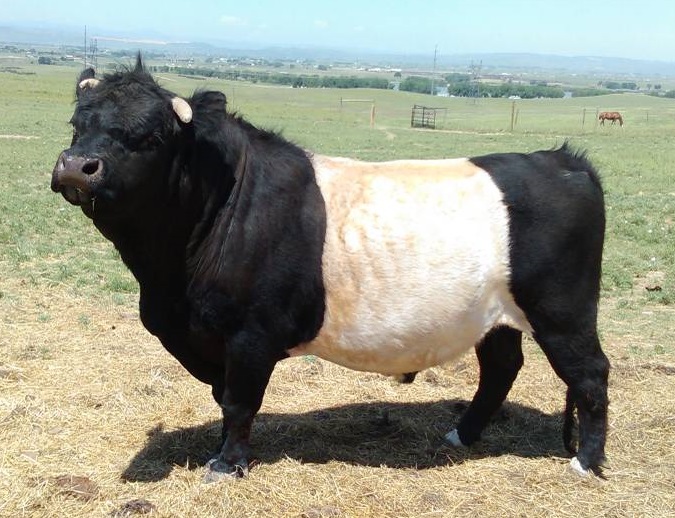 |
|||
 mini Braford type heifer owned by Courtney Preston |
|||
|
 |
||
Brangus are 3/8 Brahman, 5/8 Angus, |
|||
|
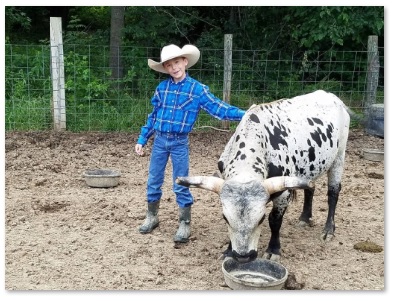 |
||
|
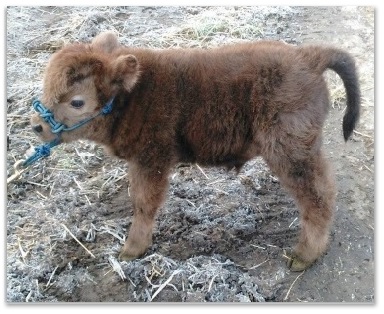 |
||
|
|||
| J
miniature Jerseys
(upgrades or composites) AKA: American Miniature Jersey, Irish Jersey AKA: proprietary composites: Belmont™ Jersey, Belfair Jersey Breed Chondro status: some may be *carriers Breed Description: there are several miniature and midsize crossbred Jersey cattle composites with varying degrees of purity; from dual purpose type crossbreds to high-percentage upgrades that qualify as purebreds. Miniature Jersey hybrid breeds are generally easy keepers with gentle dispositions. The Belfair or Irish Jersey, is a straight 50-50 cross of a small Irish Dexter X Jersey first bred by Tracy Teed of Washington state. It is recognized as the first dual-purpose miniature breed developed in America. The Belfair is a small dairy cow that produces more meat and more efficient grass fed genetics than a pure Miniature Jersey, and more milk than a Dexter. The Belmont™ is a 75/25 Dexter X Jersey cross, with either breed contributing the higher percentage. |
|
||
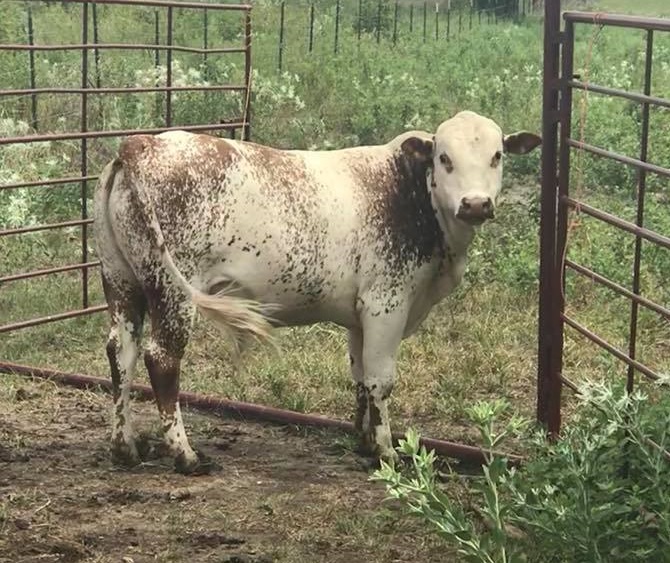 |
|||
| T
American miniature Toy
Sundog Breed Description: older composite that is disappearing Breed Chondro status: *carrier breed Breed History: "Back in the day," Ralph Sowers of California was visiting Colorado when he happened upon a pair of miniature Zebu bulls. Buying the smallest one, Ralph named his new bull Holy Cow. Being only 35 inches tall and 300 lbs, that is what most people said when they saw him. After years of breeding Holy Cow with many small cows, his herd began to grow. After purchasing several cows from John Poor near Hopland, CA, things really started to happen. Uniformity within the herd began to develop with the characteristics of a miniature Beefmaster. That is when it happened, a beautiful palomino bull was born from PoorCow #1 and Holy Cow. He was named Sundog. Sundog grew fast, was mild mannered and the kids loved him. Servicing cows at a young age, his offspring were equally impressive and carried on his small size, excellent growth traits and mild manner... and the gentle little composite breed began. Breed Traits: Through the years, only the smallest and best bulls were kept back. If they didn't carry on the desired traits, they were gone. Only herd bulls under 36 inches tall were retained. The animals had to be small, with good conformation. None of the animals appear dwarfy. Without something in the picture for a size reference, a person couldn't tell they are only 3 ft tall. Sundog Cattle may be any color or combination of colors, polled or horned. Disposition is a must; animals that are high strung or spooked easily are not kept in the herd--they are put in the freezer. |
"Ralph Sowers who started the Sundogs, is in Ft. Bragg, California. I don't think he breeds many Sundogs any more, now he breeds more mini Longhorn bucking bulls. He has had mini cattle for 30 some years; always small and colorful. He keeps no current webpage or email, but give Ralph Sowers a call. He communicates only by phone. The best time to call him is before 8am or after 8pm, at 707-964-3047."
sources: Dustin Pillard
(Feb. 2018). |
||
| W
miniature Watusi Breed Description: composite Breed Chondro status: *carrier breed Breed History & Traits: Watusi cattle first arrived in America in the 1960s. The miniature Watusi type composite was first bred by Mr Jeff Hatch in Springdale WA. His miniature Watusi composite has heavy based, upright horns. Some carry a distinctive "lightning spotting" recognized by Darol Dickinson (most notably in his bull named "Swede"), a unique genetic paint pattern seen in specific African and Indian origin breeds. It is essentially the opposite of the color-sided, or lineback pattern. "Lightning Spotting" is a splash paint white marking across the sides of a solid or speckled colored body. I do not know the current status of the miniature Watusi, but anyone interested should visit with Mr. Hatch to find out more. He also breeds miniature Longhorn composites and a lot of his bulls sell for miniature bucking bulls. Mr. Hatch communicates only by phone (509) 258-8974. |
photo source: Jeff Hatch, Springdale, WA |
||
| W
miniature
Western Heritage cattle Breed Chondro Status: chondro-free Breed Description: If the Toy Sundog cattle are disappearing, another similar type may be taking its place. Miniature Western Heritage cattle were started by Dustin Pillard in Iowa. They are a very small horned beef composite breed, created in the image of the colorful heritage cattle that helped win the old West such as the Texas Longhorns, Pineywoods, Florida Crackers, Corriente, etc. Those type cattle in miniature, crossed with miniature Zebu were used to develope this composite. They were bred for their bright colors, hardy constitution, good conformation & friendly personalities. Western Heritage cows milk well and are good mothers. Mini Western Heritage cattle are genetically small and were developed using no dwarfism genetics. Many mature bulls are less than 36 inches tall and 500 lbs. |
 photo source: MiniatureBull.com |
||
| W miniature [British] White Park Breed Description: British White Park cattle of today are a high percentage breed, but probably do not exist in fullblood % any more. All white park patterned cattle descend from the British Isles dating back thousands of years. They have characteristic "white park" markings (white or lightly flecked body with pigmented points; ears, muzzle, eyeliner, feet and sometimes more speckling on legs or sides). The British White Park began with the original White Park Cattle of England crossed with beefier polled Celtic cattle, which evolved as a breed in their own right during 1700-1800s. They apparently existed until the 1970s, when the last fullbloods were known about. Since then, what remains is what the registries like to refer to today as "American fullbloods". They have a mixture of similar origin beef cattle in their pedigree, such as Angus, Shorthorn or Galloway, so from a historical persepctive, they would still be fairly true to original genetic type if no European breeds were added in. They were also used in Canada to produce the Speckle Park. British White and White Park cattle shared history and registries over time, but are presented as separate breeds now by their registries. Many British White Park cattle are standard or smaller, classic frame cattle, and a few may qualify as miniature. British White Park cows produce steers that marble well on grass. |
|||
|
|
||
| *"breed chondro status" or "chondro-carrier breed": Any breed that has Dexter DNA in it (or); any miniature breed that was developed from upgrading Dexter chondro (BD1) carriers. A "carrier" breed, does not mean every (or any) individual carries chondro. It means it is a breed that may need DNA testing for chondro before breeding. | |||
Resources directory » Homestead & Miniature Cattle BREEDER Directory: Find a breeder near you--breeders of all sizes, types & breeds of homestead cattle... listed by location. |
![]()
Sources
rbst.org.uk
naturalhub.com
farmstyle.com.au
hobbyfarms.com
rarebreeds.co.nz
clrc.ca/associations
puregrassbeef.com
rtcamelotranch.com
dunlouiseangus.com
minijerseycows.com
gallowaycattle.com.au
Sheila M. Schmutz, Ph.D.
hoodandbroomfield.co.uk
mountainvalleyviewfarm.com
britishwhitecattle.us.com
traditionalherefords.org
![]()
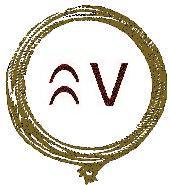 |
Homestead & Miniature Cattle Directory a Bucking V Outfit, LLC. enterprises, est. 1990 Maricopa County, Arizona a cooperate of International Livestock Registries, owned by Midwest Genetics, LLC. |
We are not responsible for misrepresentation & do not represent any guarantees.
Please email any updates or corrections to miniature.cattle.directory@gmail.com



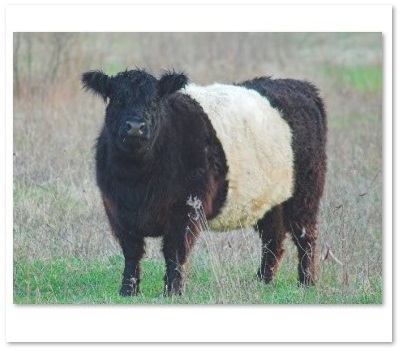
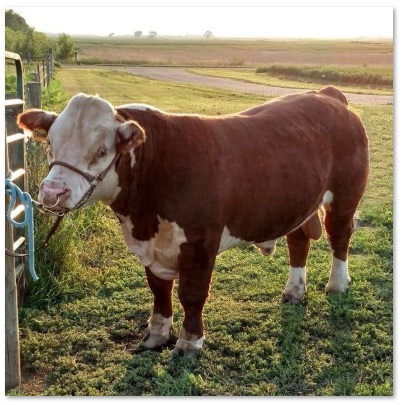
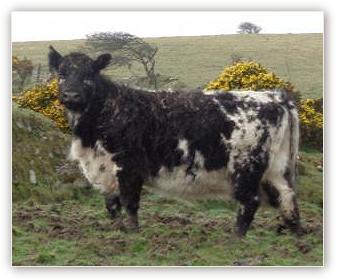
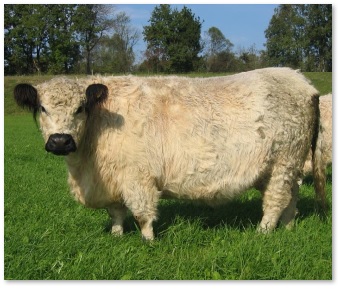

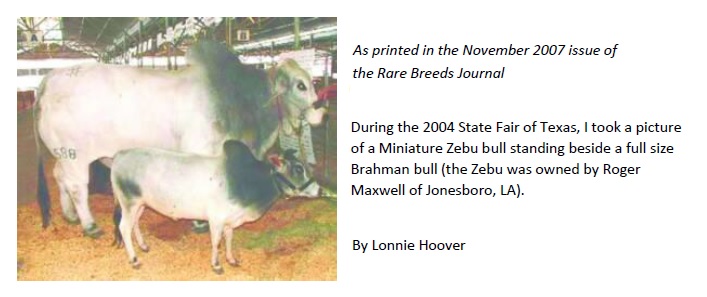
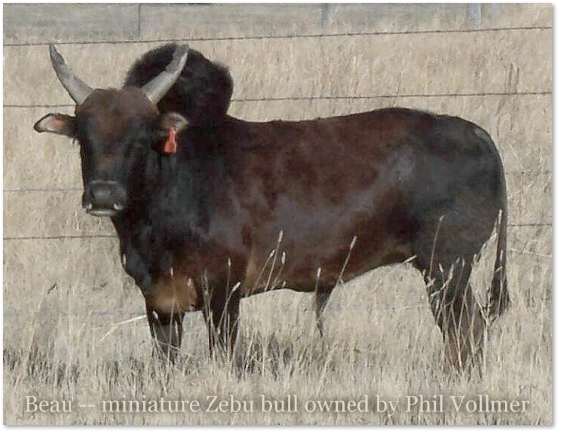
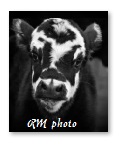 ,
however any fullblood Hereford
parent should produce a whiteface (baldie) calf no matter
what breed it is crossed with. With bright white
faces, pigment over the eyes is desirable to help ward off pinkeye
and cancer-eye. Hereford F2 cattle will then often have white
spotted faces called brockle-face (left) calves.
,
however any fullblood Hereford
parent should produce a whiteface (baldie) calf no matter
what breed it is crossed with. With bright white
faces, pigment over the eyes is desirable to help ward off pinkeye
and cancer-eye. Hereford F2 cattle will then often have white
spotted faces called brockle-face (left) calves.
